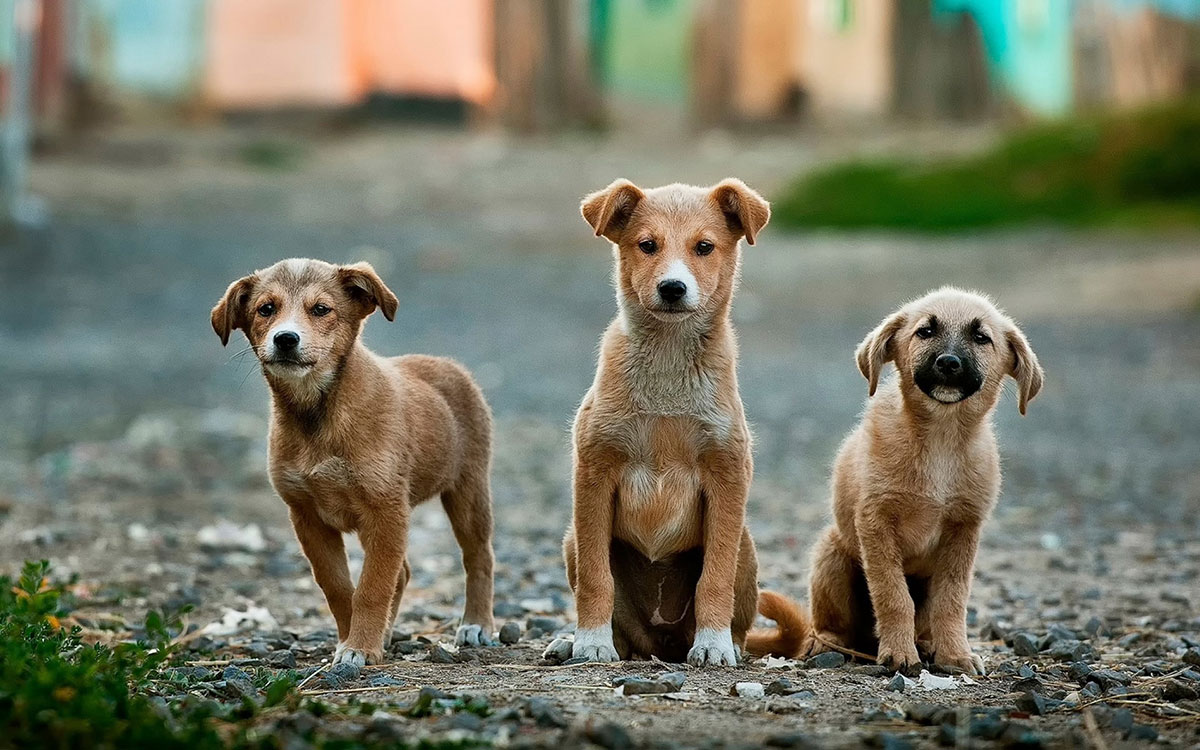Picture this: you’ve had the worst day imaginable, and you drag yourself through the front door. Two things can happen here. Your cat might glance up from their sunny spot on the couch, acknowledge your existence with a slow blink, and return to their important business of looking regal. Your dog, however, will launch into what can only be described as the greatest celebration of human existence ever witnessed, complete with full-body wiggles and an expression that says you’re basically the best thing that ever happened to the universe.
I’ve lived with both cats and dogs, and honestly, there’s something different about the way dogs love us. It’s not that cats don’t care, they absolutely do in their own sophisticated way. Yet dogs seem to have tapped into something deeper, something that mirrors our own capacity for devotion. Recent scientific research backs up what dog lovers have suspected all along: our canine companions might just be the ultimate love machines. So let’s dive into the fascinating world of dog devotion and discover why your pup’s affection runs so much deeper than you might imagine.
The Science of Canine Devotion

Dogs know enough about human behavior to take their pet parent’s side during even passive confrontations, according to groundbreaking research from Kyoto University. This isn’t just blind loyalty we’re talking about. Dogs were more likely to choose a treat from the kind/neutral stranger and ignored the one who wouldn’t help their guardian.
Think about what this means for a moment. Your dog isn’t just following you around because you fill their food bowl. They’re actually evaluating the people in your life and making judgments about who deserves their attention based on how those people treat you. Dog owners rated their relationships with their pets higher than with any human, citing more love and less conflict.
The Oxytocin Connection

When a dog looks into your eyes, it triggers a release of oxytocin, the “love hormone,” in both of you. This hormone is the same one that bonds mothers to their babies and creates deep emotional connections between romantic partners. Of the duos that had spent the greatest amount of time looking into each other’s eyes, both male and female dogs experienced a 130% rise in oxytocin levels, and both male and female owners a 300% increase.
Here’s where it gets really interesting: this doesn’t happen with wolves. The scientists saw no oxytocin increase in the dogs and owners who had spent little time gazing at each other, or in any of the wolf-owner duos. Dogs have literally evolved to hijack our bonding system.
Pack Mentality vs Independent Spirits

Dogs are pack animals by nature. In the wild, they rely on their pack for survival. This instinct carries over into their relationship with humans. Your family or household becomes their pack, and they are fiercely loyal to their pack members.
Cats, while capable of forming attachments, approach relationships differently. Cats may not form the same asymmetrical, dependence-based attachments as dogs. Instead, their social bond with humans appears more reciprocal and less hierarchical. Rather than depending on humans as a source of emotional security, cats employ a range of evolved behaviors to communicate and navigate human interaction.
Emotional Intelligence and Empathy

One study found that dogs can empathise with humans. In the investigation, first, the dog’s companion and then a stranger was crying in the same room as him. The dog attempted to comfort both his companion and the stranger. This level of emotional intelligence extends beyond simple conditioning.
Dogs are incredibly perceptive. They can sense your mood and respond to your emotions. If you’re feeling down, your dog will often come to comfort you. This emotional sensitivity is a result of their ability to read human body language and facial expressions.
Selective Breeding for Loyalty

Dogs are loyal due to their evolutionary history, domestication process, and the strong bonds they form with humans. Pack mentality, selective breeding, and emotional intelligence drive their devotion. Humans have been essentially breeding for loyalty and human-focused behavior for thousands of years.
Some breeds are naturally more loyal due to their history and temperament. Breeds like Labrador Retrievers, German Shepherds, and Border Collies are known for their strong loyalty, often stemming from their working roles alongside humans. While cats were domesticated primarily for pest control, dogs were bred for countless roles that required deep cooperation with humans.
The Attachment Comparison

Here’s where things get fascinating: Of the 70 kittens that were classifiable, 64.3% were categorized as securely attached and 35.7% were categorized as insecurely attached. Meanwhile, cats showed a secure attachment rate slightly higher than found in a test of 59 companion dogs published in 2018; the canines were 65 percent secure and 35 percent insecure.
Wait, doesn’t this mean cats are more attached? Not quite. The key difference lies in how these attachments manifest. Neither group of cats exhibited “safe haven” or “secure base” behaviors – two essential hallmarks of dependence-based attachment thought to be present in dogs. In such behaviors, a dog might seek physical contact with its owner in times of stress or use the owner as a secure base from which to explore the environment.
Beyond Basic Needs

The simplest explanation for your dog’s loyalty is that you give them food and shelter. Your dog is grateful to you for the essentials of life that you provide and so is loyal to you. There is a scientific basis for this: domestic dogs are descended from wolves, which man once took in and tamed with shelter and food in return for them acting as guard dogs. This reciprocal relationship remains in your dog’s genes and their loyalty is a by-product of it.
Yet this explanation falls short when you consider that Dogs absolutely feel love, not just loyalty. Research shows that dogs produce oxytocin, often called the ‘love hormone,’ when interacting with their humans. This goes far beyond a simple transactional relationship based on food and shelter.
Conclusion

The truth is, both cats and dogs can form deep, meaningful bonds with their humans. However, dogs seem to have evolved a more human-like approach to love and loyalty. Dogs offer flexible emotional support tailored to their owner’s needs, while cats maintain their independence and express affection on their own terms.
Your dog’s love isn’t just about the treats in your pocket or the walks you provide. It’s a complex cocktail of evolution, hormones, and genuine emotional connection that has developed over thousands of years of partnership. When your dog greets you like you’re the most important person in the world, they might just be right. What do you think about it? Tell us in the comments.

Andrew Alpin from India is the Brand Manager of Doggo digest. Andrew is an experienced content specialist and social media manager with a passion for writing. His forte includes health and wellness, Travel, Animals, and Nature. A nature nomad, Andrew is obsessed with mountains and loves high-altitude trekking. He has been on several Himalayan treks in India including the Everest Base Camp in Nepal.






